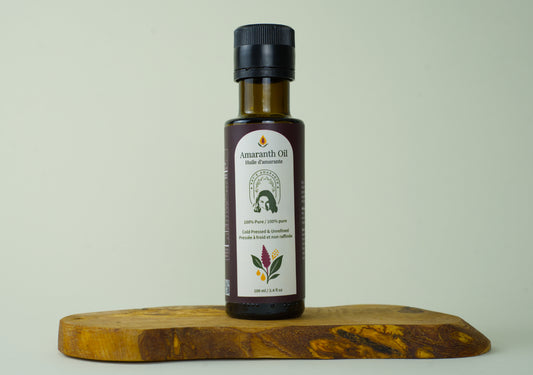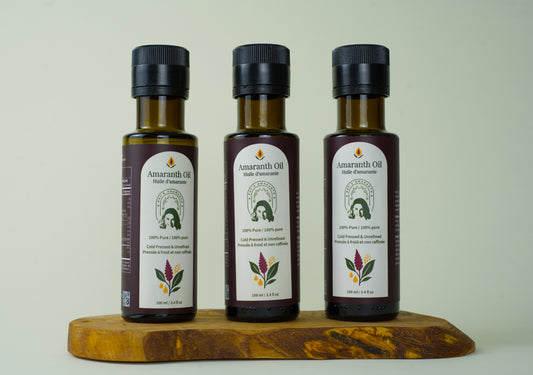
Amaranth Oil for Skin: Glowing Skin from Within & Scientifically Proven Benefits
In the world of natural skincare ingredients, few oils match the unique synergy of internal and topical benefits found in amaranth oil. This golden-hued oil, pressed from the tiny seeds of the amaranth plant, is a powerful ally for achieving radiant, healthy skin. What sets it apart is its exceptionally high content of squalene—a naturally occurring lipid that plays a crucial role in skin hydration and barrier protection. While our skin produces squalene on its own, its levels drop significantly with age and environmental stress. Supplementing squalene through amaranth oil for skin—both topically and through your diet—can help replenish this vital compound, enhancing skin's moisture, elasticity, and resilience against aging.
The science behind squalene’s skin benefits is compelling. Squalene is a triterpene compound that closely mimics the skin’s own natural oils, making it an ideal emollient. It penetrates the skin easily, delivering long-lasting hydration without clogging pores—perfect for all skin types, even sensitive or acne-prone skin. Studies have shown that squalene also functions as a potent antioxidant, neutralizing free radicals that accelerate skin aging and contribute to inflammation and sun damage (Popa et al., 2015, Lipids in Health and Disease). Topical application of squalene-rich oils like amaranth has been linked to improved skin smoothness, reduced transepidermal water loss, and even protection against UV-induced oxidative stress (Lin et al., 2011, Journal of Dermatological Science).
But here’s what makes amaranth oil antioxidants truly shine: their dual-action power when consumed internally. Taking amaranth oil as part of your daily diet—such as a teaspoon added to smoothies or salad dressings—introduces squalene and other bioactive lipids directly into the bloodstream, where they contribute to systemic antioxidant defense and lipid membrane repair. Internal squalene intake has been shown in clinical trials to accumulate in the skin, strengthening its structure from within and supporting faster wound healing and improved dermal moisture retention (Reddy & Couvreur, 2009, Advanced Drug Delivery Reviews). This makes amaranth oil one of the few natural remedies that supports skin health both topically and metabolically.
Beyond squalene, amaranth oil is also rich in tocotrienols (a form of vitamin E), linoleic acid, and phytosterols, all of which support skin regeneration and protect the skin barrier. Linoleic acid, in particular, helps maintain the skin’s natural ceramide levels, which are essential for moisture retention and protecting against pollutants and allergens. When used topically, these compounds calm inflammation and support recovery from conditions like eczema and dermatitis. Internally, they help regulate lipid metabolism, which indirectly supports skin clarity by modulating sebum production—highlighting amaranth oil’s potential as one of the most effective plant-based oils for metabolism and skin health.
If you're searching for a natural, science-backed way to enhance your skin’s glow, amaranth oil offers a truly holistic approach. Apply it topically for deep hydration and antioxidant defense, and enjoy it internally to nourish your skin from within. Its unique combination of squalene for skin, essential fatty acids, and antioxidants positions it as a standout in both the natural beauty and nutrition spaces. We’ll explore more about how this oil supports other areas of wellness—like inflammation and metabolism—in future articles. But for now, give your skin what it craves: glow-supporting nutrients that work in harmony, inside and out.

